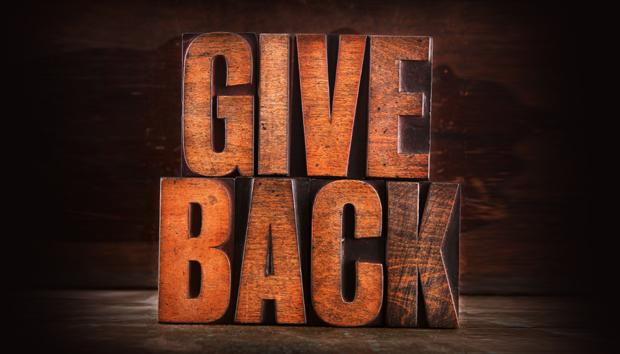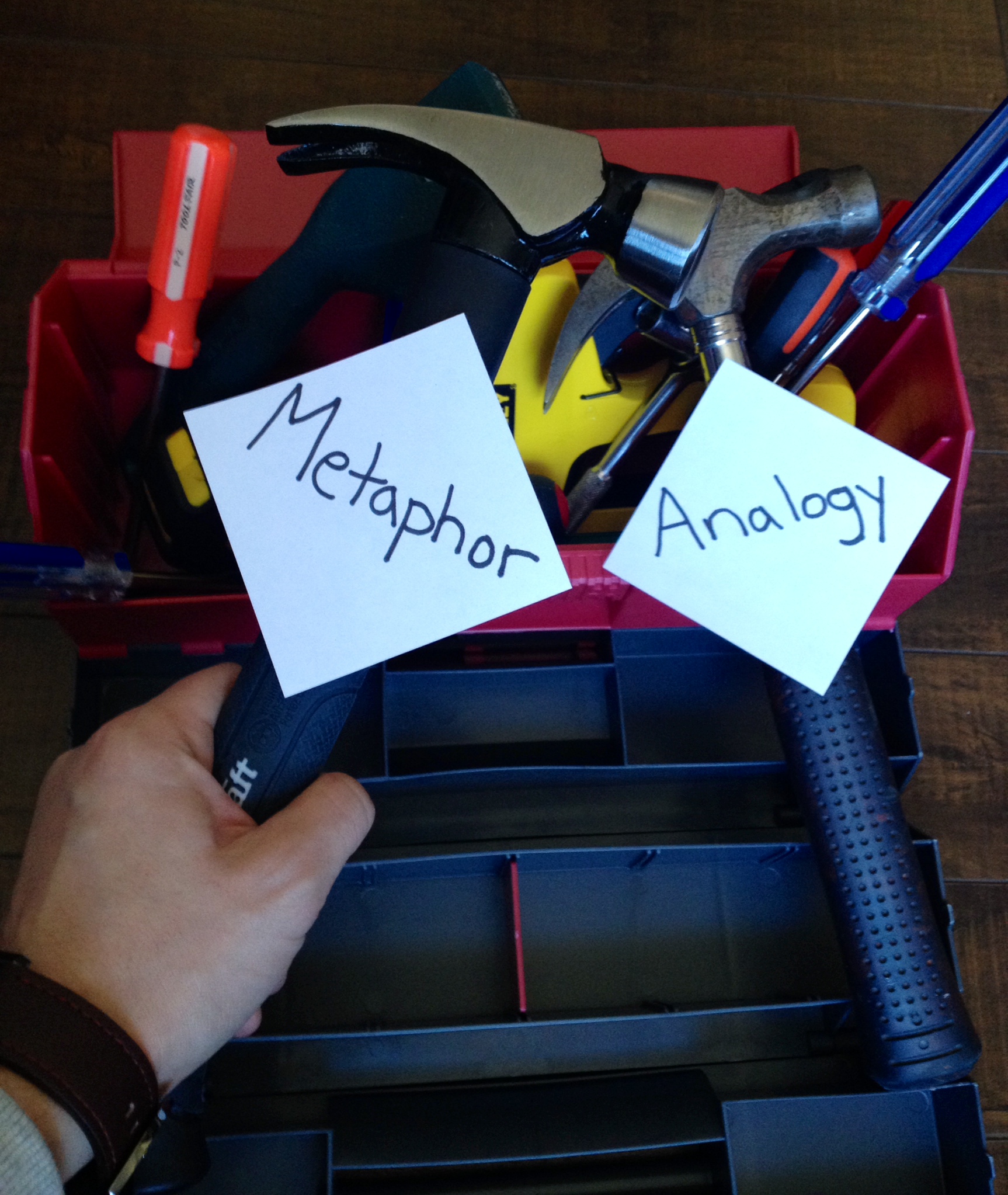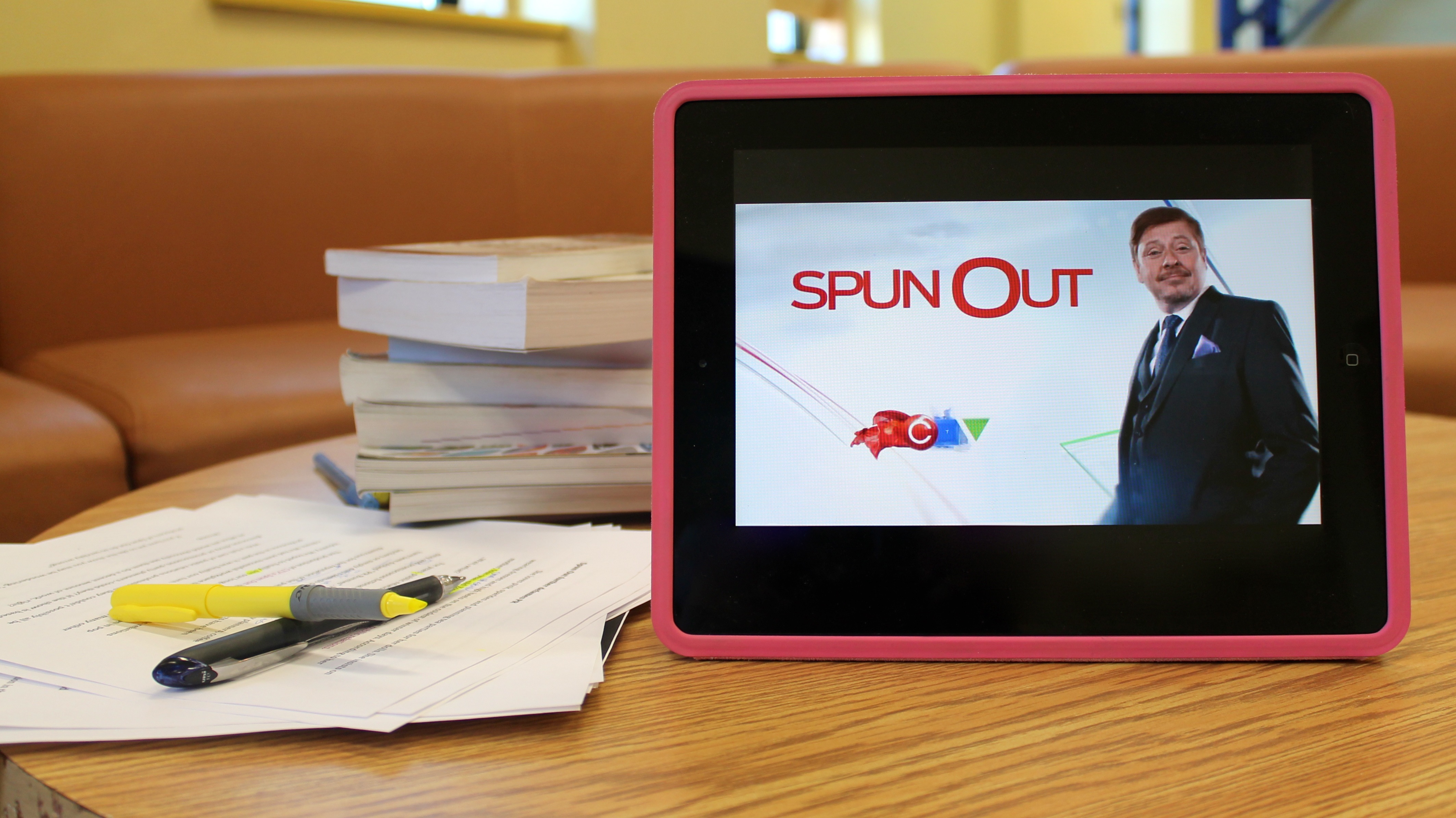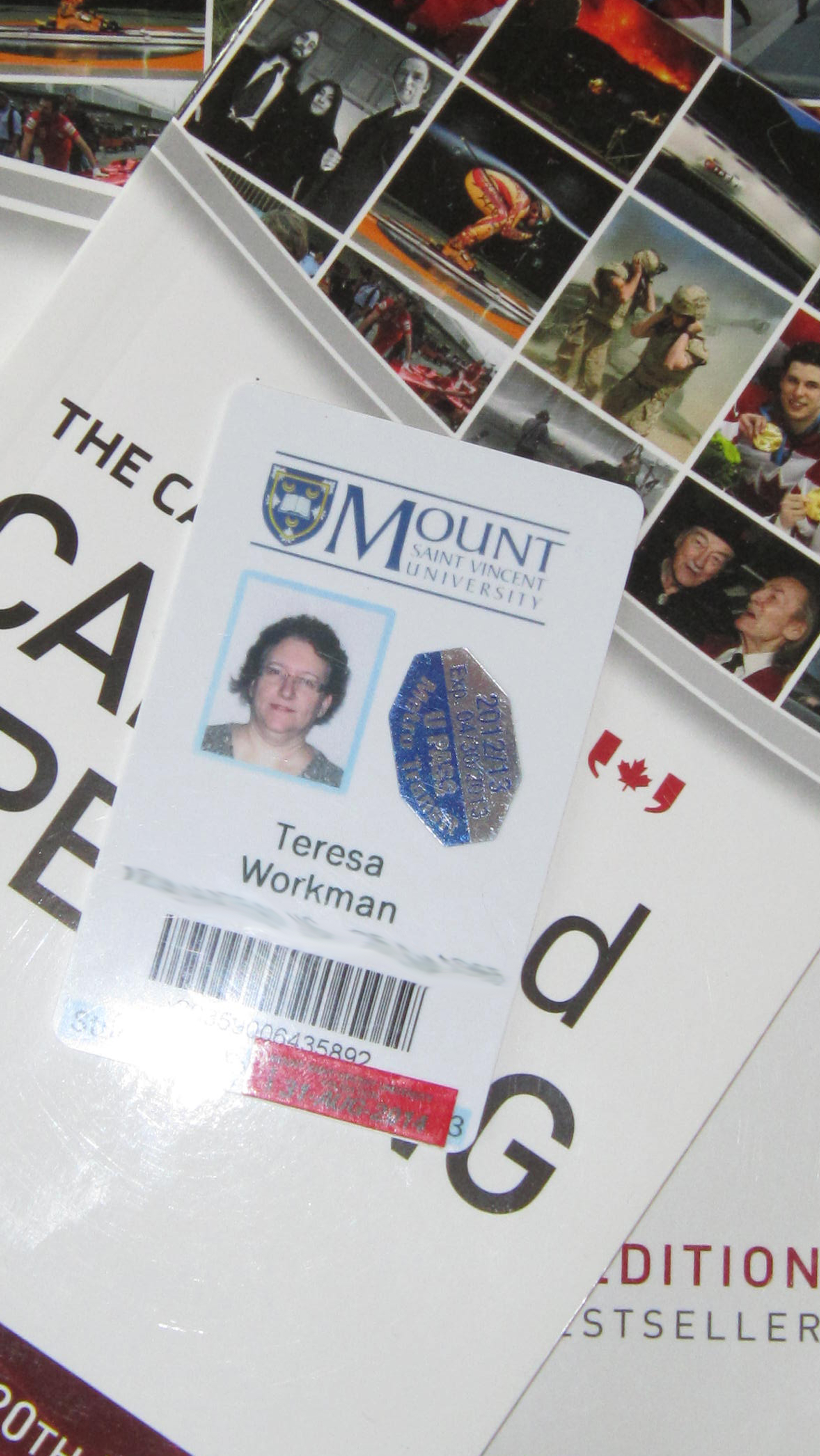Kelly Lynch
Human beings take lived experience and construct meaning around it almost constantly.
In other words, we make sense of stuff. We sensemake. We sensemake the face the hotdog vendor makes when he passes us a dog. Thoughts we may have: “Was that disgust? Is there rat poison on this hotdog? IS THIS EVEN REAL MUSTARD?” Based on those perceptions, we construct an identity for the vendor. In this case, he can’t be trusted. A guy who makes a face at his own wares? Not good. I’m not buying that hotdog.
In the same way, employees sensemake a corporation’s intentions or rationale behind donating, say, $1 million to a community organization or campaign. How employees make sense of a company’s goodwill is based on how dollars are given: What were the communications around it? What’s the current business environment? Does the business get anything in return (i.e. cause marketing)? Sensemaking can be complex and often relative, but attributing meaning to actions is a natural human process. When you have a group of individuals, large or small, truths can be decided based on how that group sensemakes. How a corporation is perceived by its employees has to do with critical mass – if enough people think the same thing, or make sense of certain business strategies in the same way, it becomes truth. The corporation, in reality, has very little control over how their audiences perceive them and make sense of business strategy – even their employees. That probably scares the &@%t out of them sometimes.
So, what is sensemaking, anyway? It’s one of those made-up weirdo postmodern terms that organizational theorists can’t seem to get enough of. But it’s also a pretty fun concept. Wikipedia says it’s “the process by which people give meaning to experience.” That’s a good working definition to start with, but I think it’s more than just a “process” – it’s way more fun than that. It’s fun because what it’s really about is gaps, and gaps are cool because that’s where all the interesting stuff in life happens.
Sensemaking is what happens in the in-between spaces. In-between spaces have many names: Lacunas, liminal spaces, thin spaces, limbo. And in-between spaces aren’t just empty holes where nothing happens. They’re those often unnoticed spaces where we can exist for seconds, minutes, hours – or however long we exist in them – and teeter on the edge of potential realities.
Sensemaking is also wrapped up in human identity. When we live in those pockets of time and come out on the other side, often we are changed. We often make decisions, choices or have experiences in those spaces that help shape our identities into something new.
Okay, hold that in your brain. Now think about a common conversation-starter question. If you thought of the ol’ faithful “So, what do you do for a living?” then you’re strolling down my lane. Let’s take a walk.
Why do we get asked this? Because it’s an easy, safe topic. But it’s also because people are trying to show interest, to figure out who you are or what you like. Often what you do for a living can be a pretty big indicator of your preferences and your skills, two big things that help make up your identity. Where we work, what we “do” helps define us – carve out that coveted “I’m _____ and I’m a ________” spot. It feels nice to have a label. Let’s all admit it. Having a “thing” is cool to some extent, especially if you can take pride in it.
But, how does an employee take pride in what they do? What are the components?
Organizational reputation plays an important role in how an employee engages with that organization. Public perception (which you can think of as public sensemaking, really) of an employees’ organization shapes that employees’ work identity and how they perceive value in the work they do and the services their company provides. And, more and more, corporate giving is becoming an unquestionably important part of public perception.
But, building good will is especially tough for large corporations. Often they are better known for making money than giving it, and when they do give money they don’t talk about it in the right way. Often giving isn’t celebrated in creative ways; talking only about dollar amounts doesn’t tell anybody anything about the impact those dollars have made. If the public sees a gap between how a business says it cares about its customers and communities and how it acts upon those statements, well – you’re doing it wrong. Why is it so tough?
“If ever corporations were between the proverbial rock and a hard place, it surely must be now. Contemporary organizations must operate within a globalized economy that is not only characterized by rapidly changing technology and fierce competition but also plagued by turbulent financial markets, decreasing consumer spending, and plummeting public trust. Despite or perhaps because of these challenges, today’s companies are increasingly expected to be ‘‘good corporate citizens’’ and to behave with a corporate conscience” (Mize Smith, 2010, p. 369).
I know: poor corporations. “Everything’s changing and my buddies are jerks! I have to act like a good person if I want people to like me!” Oh, the humanity. I think it’s a good thing corporations have to start being more aware of the effect their doing business has on individuals, communities and the environment. Customers keep you in business – the least you can do is acknowledge them. They are people. They have families and causes that are important to them. And if they’re good to you, you should reciprocate. You’re in a position to help, so you should. It’s an ought, but it’s a good ought.
I think there’s such great wisdom in the saying, “to whom much is given, much is expected.” The communities where corporations operate likely give significant dollars to that organization. But, more importantly, individuals in those communities can choose to provide patronage, which is a totally different thing than simple dollars in exchange for service. Patronage means loyalty. People will keep providing dollars and may actually come to trust an organization (even a large one!) if a company can win consumer patronage. One way of doing so is to give back somehow and show they care about their customers outside of business transactions.
If employees see their organization seeking out what their community needs and actually providing it, they might sensemake like so: “Hey, the place I work is doing stuff in the community – good stuff. Community seems to play a big part in how my organization does business – that makes me feel pretty good. It makes me want to participate in my community a bit more. It makes me want to step into the thin space between work and community and become something more than just an employee, and more than just a community member. I can merge community work with the support of my employer, and that makes me think my employer cares about me, too. I think I like where I work.”
I know what you’re thinking. That’s a pretty articulate employee. And I’m like, I know, right?
Anyway, the big question we’re left with is: How does a corporation build a positive reputation through corporate giving? And it’s a tough question. There’s no secret formula – based on the kind of business (public/private/non-profit) and on the services that business offers, employees and communities will perceive or sensemake differently. But a few key things I can identify for corporations are:
- Make community giving a standard, ingrained part of business strategy – let it permeate corporate culture and it’ll do some of the work for you.
- Do some research into what your communities need and what their expectations are.
- Respond to your communities. Talk to your communities. Talk to your employees about your communities. Your employees are likely part of your communities, so that makes them an extra special stakeholder.
- Talk about impact. Dollars are great, but impact is a whole different part of the logic model. Is your giving long-term? Does it last? How is it helping people?
- Align your corporate and employee giving strategies. The two can complement one another beautifully if you just let them.
With great power comes great responsibility. I think in the next decade or so we’ll see some very interesting outcomes in regards to corporate giving. I think corporate philanthropy will become even more of a deciding factor when it comes to getting talent and keeping it, to getting customers and keeping them, and engaging both those parties in ways that are beneficial to them and to the business.
Reference
Mize Smith, J. (2012). All good works are not created equal: Employee sensemaking of corporate philanthropy. Southern Communication Journal(77)5. p. 369-388.





